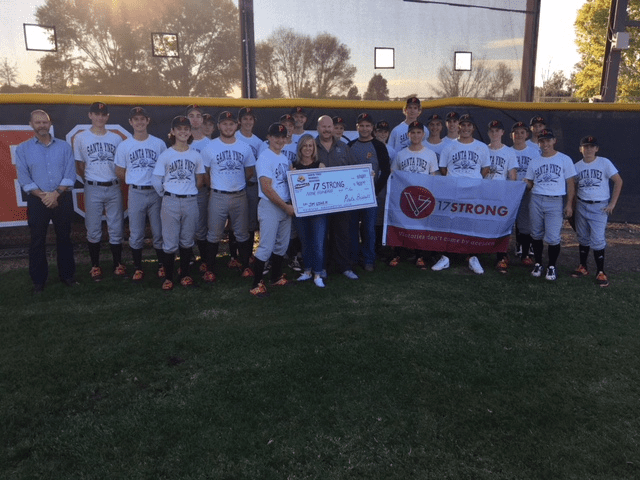By Sheila Benedict
Contributing Writer
Genealogical research requires time, patience, perseverance, and a lot of understanding of small details.
The one thing that it is not is connecting families through hearsay and without documentation to back up those family connections. Without documentation, the family story is an “alleged” family history. It has to be proven.
I can allege someone was born in Cook County, Illinois, but need a birth certificate to verify it. I can allege a marriage took place in Colorado but need a marriage record to prove it.
My mother told me her father, my grandfather, died when she was around six years old and his death certificate proved she was correct. My aunt told me a distant grandfather rode with Napoleon when he invaded Russia. I have no proof he did and, without it, I cannot assert it is fact. If I find a roll of soldiers, or some type of compensation roll for the soldiers and his name is listed, or proof he was even in France at that time, that would begin to make a difference. It would give me some proof to work with – a beginning!
How much proof is needed? One piece of evidence? Two, three, five? What if you have five and something comes along that disputes all the others? Do not disregard it. Return to research mode and try to find more proofs to determine what is accurate.
And do not think that everything on the federal census returns is factual. Who gave the information to the enumerator? Think about the miles one might have to travel taking the 1900 census, for example. Would the person giving the information be knowledgeable and accurate?
Where do you find information? Where are the sources that hold the information? Once found, is the evidence reliable?
More and more source materials are being digitized and put online, but that is not enough. Research requires going to visit a town, a library, a cemetery, historical or genealogical society, or talking to older relatives to find out what their memories might be. Yes, the latter may turn out to have a lot of fiction, but buried within the fiction could lie some important information. A walk through the local cemetery might find a family plot with relatives buried there that no one ever told you about.
One final point: It is wise to research laws that were enacted in the locale where your research is focused.
In the next column, I’ll discuss repositories such as the national archives regional centers, California state library and archives, local vital records offices, county courthouses, genealogical and historical societies. Research in California is not just for Californians. Records kept here are from all over the country and the world.
If you have questions, send them to news@santaynezvalleystar.com so they can be answered in future issues.
Sheila Benedict is a professional forensic and family genealogist. She is the author of “Research in California,” which she wrote in 2015 for the National Genealogical Society’s “Research in the States” series.



